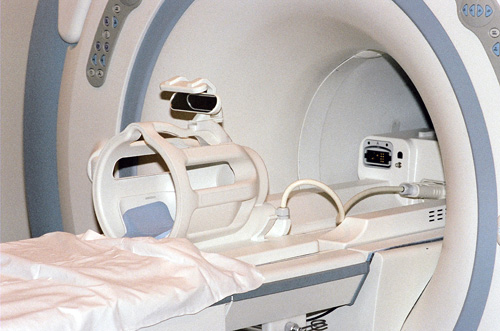
“It is always the best policy to speak the truth – unless, of course, you are an exceptionally good liar,” so spoke the English author Jerome K. Jerome. This, of course, was back in the days when being an ‘exceptionally good liar’ was enough.
From individuals to corporations to governments, trust is a critical component of our ability to peacefully and meaningfully coexist with other individuals, businesses, and governments. Our society has long sought a means of detecting the truth – or more aptly, lies.
Polygraph was used extensively through the mid 1980s. The test measures whether an individual is in a state of autonomic nervous arousal, which occurs when a person is anxious, fearful, or angry. While these are potential indications that a person is not telling the truth, they are confounded with other potential explanations, including anxiousness about the testing process.
The market for polygraph testing diminished greatly after independent studies in the 1990s estimated its accuracy at 60%, not much better than guessing. At its peak, there were some 2 million polygraph tests performed annually. At $1,800 per test, the market for polygraph testing totaled $3.6 billion.
A new lie-detection technology is on the horizon which goes beyond the polygraph in an effort to get at the truth. No Lie MRI provides unbiased methods for the detection of deception and other information stored in the brain.
The technology used by No Lie MRI offers the first and only direct measure of truth verification and lie detection: the device measures the activity of the central nervous system at the brain and spinal cord – rather than the peripheral nervous system as polygraph testing does.
No Lie MRI objectively measures intent, prior knowledge, and deception using algorithms that analyze data gathered using functional Magnetic Resonance Imaging (fMRI).

The approach has a verified accuracy that surpasses all other methods. Current accuracy is greater than 90% and is estimated to be 99% once product development is complete.
It takes approximately 5 minutes for the attending technician to position an interviewee in the MRI machine prior to beginning the interview. The interview will be used to establish a structural map of the participant’s brain. After that fMRI data is gathered by asking the interviewee a series of questions. The data for both the structural MRI and the fMRI are sent to VeraSource, a processing center, for analysis.
No Lie MRI will work with independently owned and operated MRI centers. Agreements between No Lie MRI and test centers assure that standardized test protocols are followed.
Given the volume of liars, and the importance of veracity, No Lie MRI has a promising future.